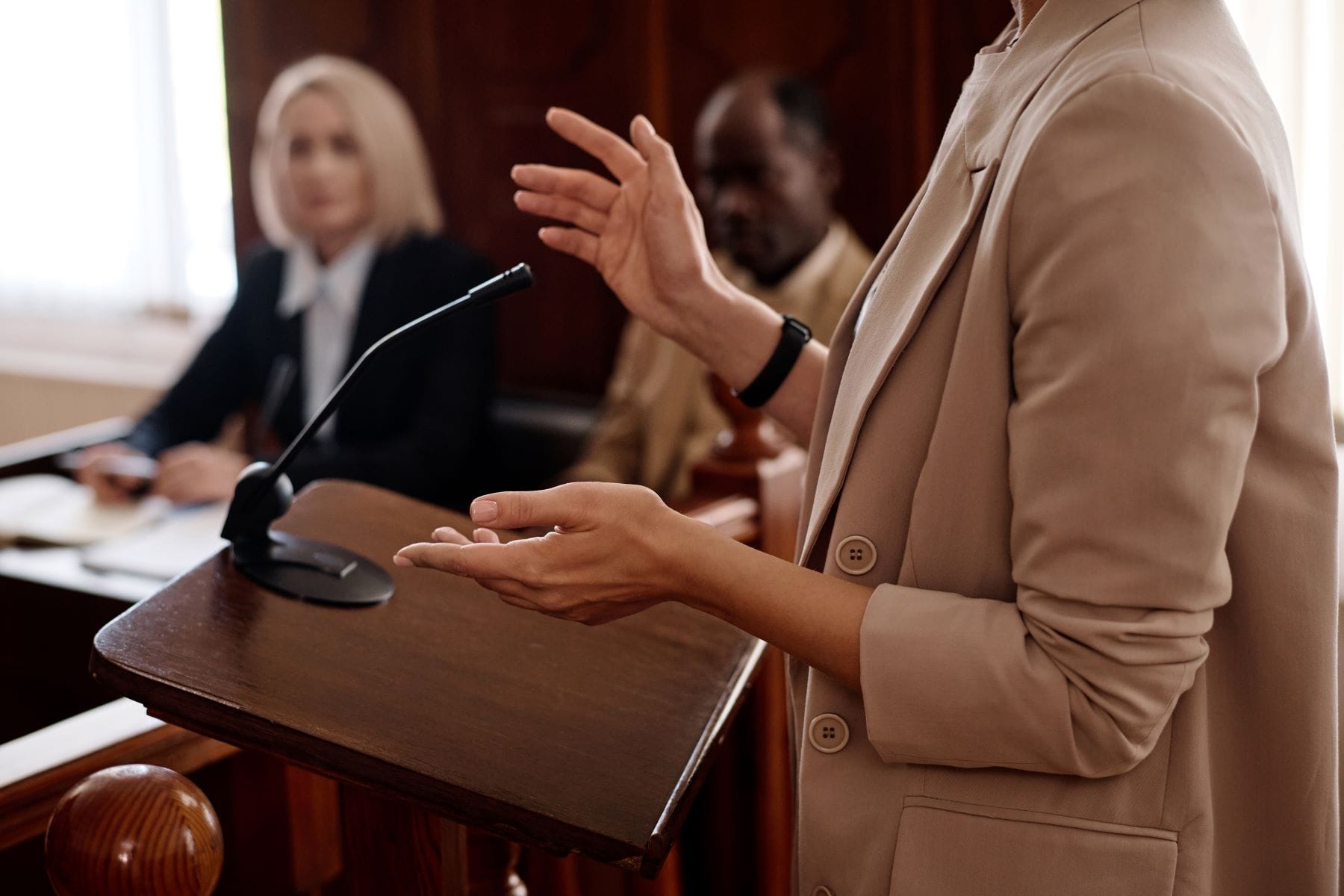How Expert Witnesses Help Allocate Fault in Comparative Negligence Cases
Assigning blame isn’t black and white—expert witnesses help courts untangle shared fault through technical insight and objective analysis.
Updated on
In disputes where multiple parties may share blame, determining liability isn’t a binary judgment. Instead, courts apply the principle of comparative negligence, assigning a percentage of fault to each party based on their conduct. This allocation directly impacts how much compensation a plaintiff may receive—or whether they can recover at all. The task of parsing through these complex questions of conduct and causation often falls to expert witnesses, whose testimony helps judges and juries make informed, equitable decisions.
The Challenge of Apportioning Fault
Comparative negligence is designed to reflect the reality that harm is often the result of multiple contributing factors. Under this framework, courts assess how each party’s actions—or inaction—led to the injury. A plaintiff may recover damages reduced by their own share of the fault, but only if that share does not exceed a certain threshold (typically 50% or 51%, depending on the state).
Allocating fault with precision requires more than eyewitness accounts or circumstantial evidence. In most cases, the behavior in question must be measured against technical standards, industry protocols, or professional duties of care. Expert witnesses provide that benchmark. Without their input, jurors would be left to speculate about what should have been done and how those actions (or omissions) affected the outcome.
Defining the Standard of Care
A fundamental role of expert witnesses in these cases is to establish what the reasonable standard of care was in a particular context. This is especially important in claims involving medical professionals, engineers, manufacturers, or property owners. Each industry has its own expectations for reasonable conduct, and experts are called upon to explain what those expectations are.
For example:
- In a medical malpractice case, a board-certified physician may testify about diagnostic protocols for a patient presenting specific symptoms.
- In a construction injury claim, a safety compliance expert may describe OSHA standards that were allegedly violated.
- In a product liability dispute, an engineering expert might outline whether a design defect deviated from accepted manufacturing practices.
These insights form the basis for determining whether a defendant breached their duty of care—and if so, to what degree.
Evaluating Conduct and Apportioning Responsibility
Beyond defining duties, experts assess the extent to which each party’s conduct contributed to the injury. This evaluation involves analyzing the causal chain and measuring the deviation from accepted norms. In cases with multiple potentially negligent actors—such as a driver, a pedestrian, and a municipality responsible for road maintenance—experts are essential for attributing responsibility proportionally.
Expert witnesses often:
- Review medical records, technical schematics, or crash data to reconstruct events
- Compare real-world actions against established safety or procedural guidelines
- Identify and analyze any contributing acts or omissions by the plaintiff
Through these assessments, experts help fact-finders assign percentage-based fault grounded in objective analysis rather than assumption.
Case Application: Illustrative Examples
Consider a premises liability case where a customer slips on a wet floor in a grocery store. A safety expert might testify that the store failed to follow routine cleaning and signage protocols. However, if the plaintiff ignored visible warning signs or was running at the time of the fall, an expert may also assess how that behavior factored into the incident.
Or, in a highway collision involving multiple vehicles, an accident reconstructionist may:
- Use physical evidence such as skid marks and damage patterns to determine vehicle speeds
- Analyze traffic signal timing to evaluate driver decision-making
- Present simulations showing how various scenarios contributed to the crash
Based on these inputs, a jury might allocate 40% fault to the plaintiff, 50% to one driver, and 10% to another—each supported by data-driven expert findings.
Translating Complex Concepts for the Court
Many of the issues at the heart of comparative negligence cases are too technical for laypersons to assess without guidance. A central function of the expert witness is to bridge the knowledge gap between complex subject matter and the jury’s understanding.
Effective experts can:
- Explain specialized terminology in accessible language
- Use diagrams, models, or simulations to illustrate events
- Support opinions with peer-reviewed research or industry data
This clarity not only educates the court but strengthens the reliability of the conclusions drawn.
Ensuring Admissibility and Objectivity
Not all expert opinions are admissible. Courts apply standards—such as Daubert or Frye, depending on the jurisdiction—to ensure that testimony is both relevant and methodologically sound. Experts must base their conclusions on reliable principles and apply them appropriately to the facts of the case.
Credibility is paramount. Judges and jurors are more likely to accept testimony from an expert who:
- Demonstrates clear, consistent reasoning
- Uses accepted industry methodologies
- Maintains objectivity and avoids advocacy
In comparative negligence cases where multiple experts may testify for different parties, the perceived neutrality and clarity of each witness often determine how their conclusions influence fault allocation.
Conclusion
Comparative negligence cases are rarely clear-cut. Assigning fault requires careful evaluation of behavior, context, and causation—tasks that demand specialized expertise. Expert witnesses serve as indispensable guides, defining standards, analyzing deviations, and translating technical evidence into actionable insights. By grounding fault allocation in expert analysis rather than conjecture, courts can ensure that judgments reflect not only legal principles but a reasoned understanding of what actually happened and why.


